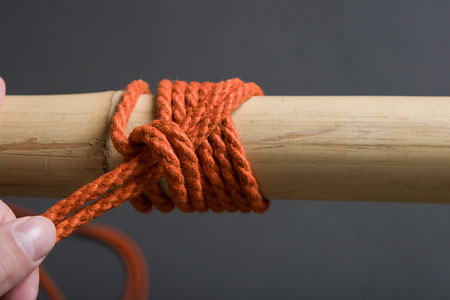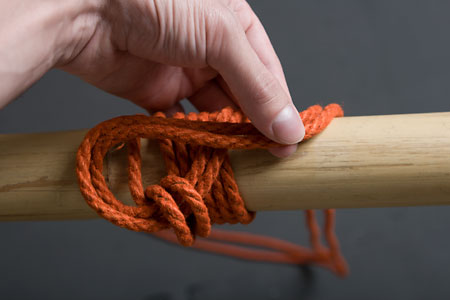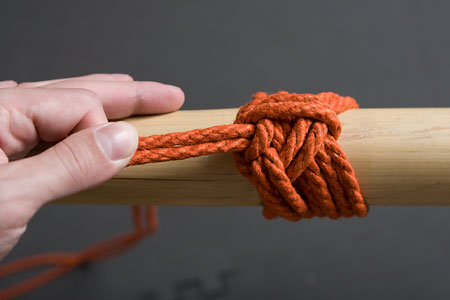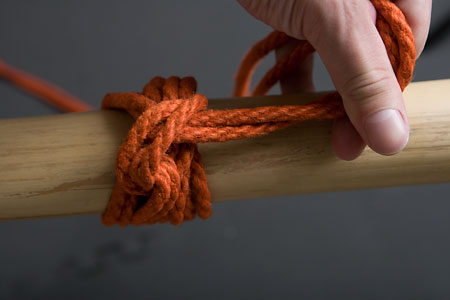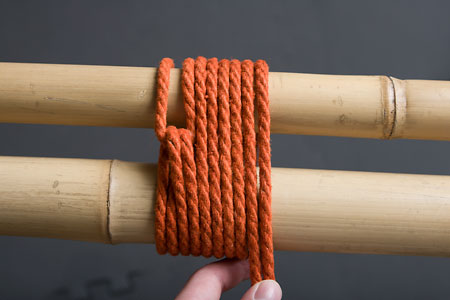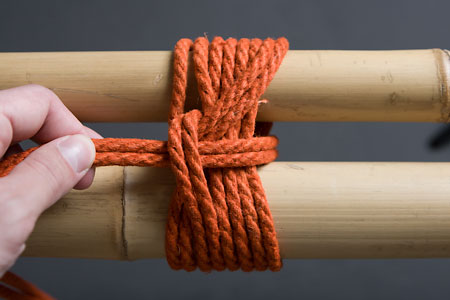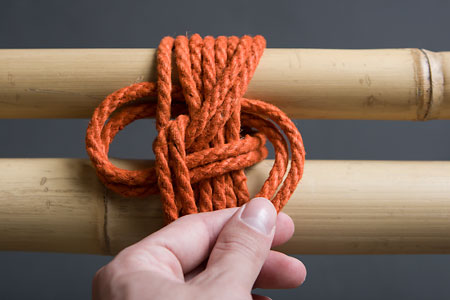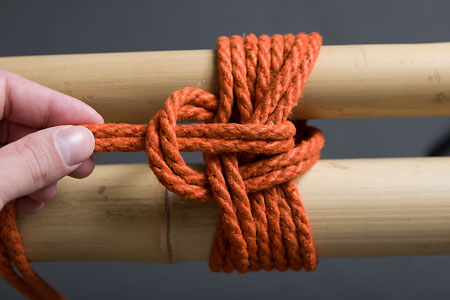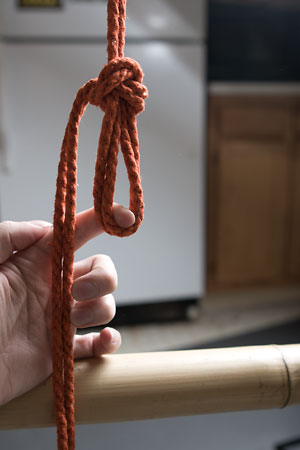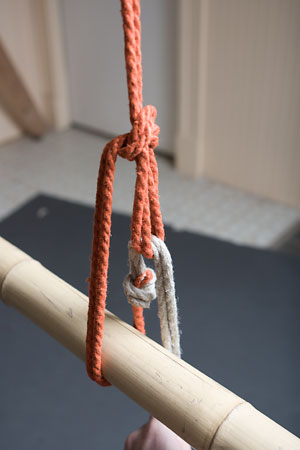Important Update: There is a newer version of this tie published; this article is of purely historical interest.
There is some debate in the community over the relative safety of the takate kote for suspension; regardless of how you feel about that, you may find these variations useful. The general idea is that by adding a few well-placed knots, suspension load can be shifted from the arms to the chest, while maintaining the general look, feel, and experience of a normal TK. Most bottoms seem to find this more comfortable, and my hope is that it will prove safer.
Some disclaimers:
First of all, watching these videos does not make you qualified to do this tie. These are intended for an audience already familiar and comfortable with tying and suspending with TKs; no attempt is made to cover the general safety information necessary to use these responsibly.
Second, while I have solicited feedback from a number of other riggers, and done extensive testing on a small number of bottoms,...



